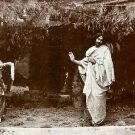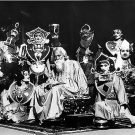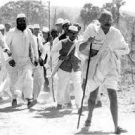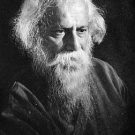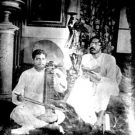
Tagore Songs: The Inner Spring and Outer Sources by Swapan Gupta
In the songs that Rabindranath Tagore composed, he assimilated many different classical ragas of India as well as melodies of the folk music of Bengal. He had a strong interest in Scottish, Irish and English popular songs, which he internalised and presented with unique Indian cultural inputs and personal feelings. His creations bear the stamp of his individuality while retaining an affinity with the Western origin at the same time. Read more
